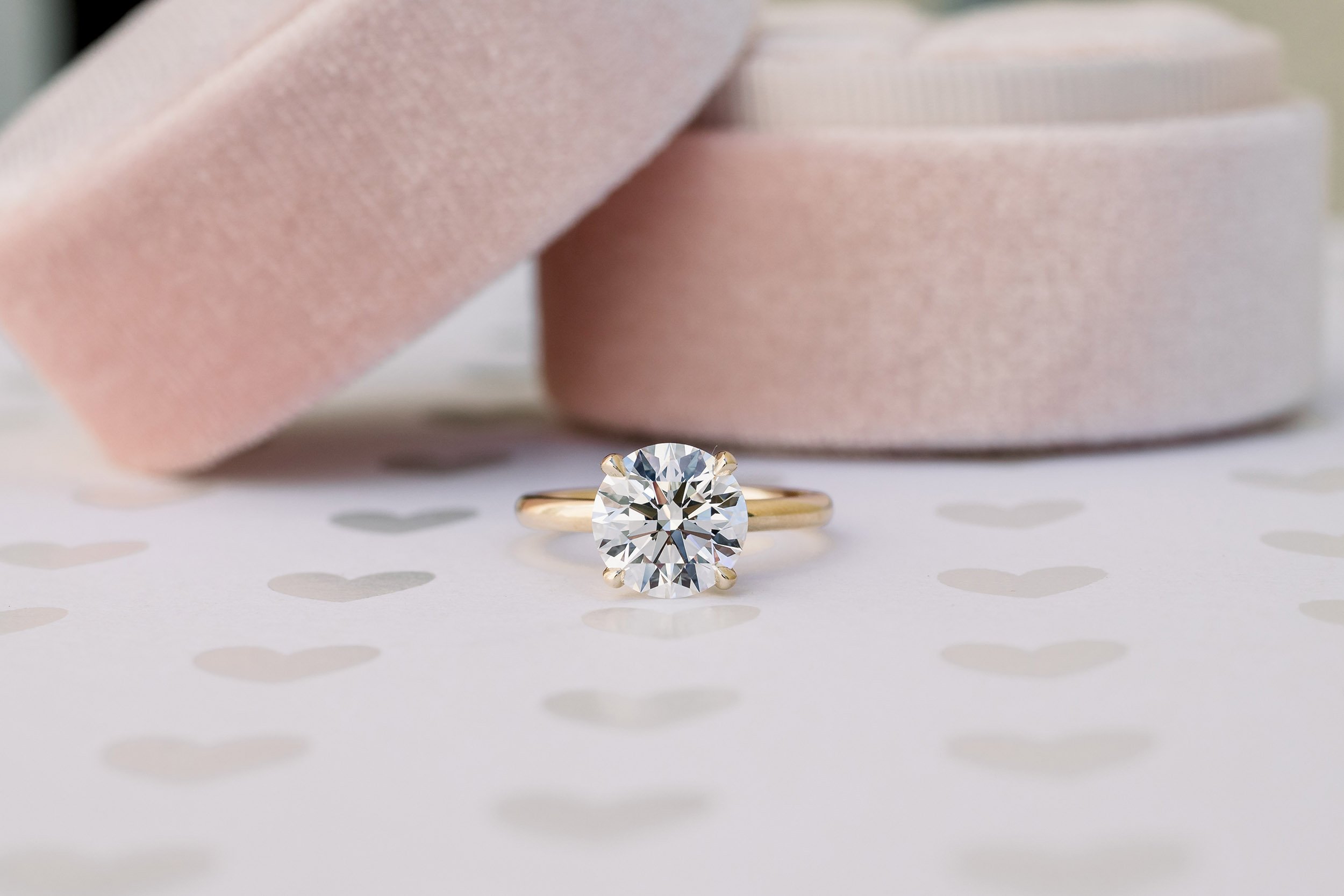Guide to Sapphires vs. Diamonds: Exploring Lab-Created Diamonds

In the world of gemstones, sapphires and diamonds stand out as timeless beauties, each with its unique allure and characteristics. However, with the rise of lab-created diamonds, the traditional debate between sapphires and diamonds has evolved. This comprehensive guide delves into the differences between sapphires and diamonds, with a focus on the emergence of lab-created diamonds and their impact on the jewelry industry.
Sapphires: A Captivating Blue Wonder
Sapphires, known for their mesmerizing blue hues, have a rich history dating back centuries. These gemstones are a variety of corundum, with traces of iron and titanium giving them their distinctive color. Sapphires are not limited to blue; they can be found in a spectrum of colors, including pink, yellow, and even rare varieties like padparadscha.
Diamonds: Timeless Elegance and Brilliance
Diamonds have long been revered for their unmatched brilliance and durability. Composed of carbon atoms arranged in a crystal lattice structure, diamonds are renowned for their clarity, colorlessness, and ability to reflect light with unparalleled sparkle. Natural diamonds are formed deep within the Earth’s mantle over millions of years.
Lab-Created Diamonds: A Modern Marvel
With advancements in technology, lab created diamonds have emerged as a popular alternative to natural diamonds. These diamonds are grown in controlled laboratory environments using advanced techniques that replicate the natural diamond-growing process. Lab-created diamonds exhibit the same physical, chemical, and optical properties as natural sapphires vs diamonds, making them virtually indistinguishable to the naked eye.
Advantages of Lab-Created Diamonds
Ethical and Sustainable: Lab-created diamonds are produced ethically and sustainably, reducing the environmental impact associated with traditional diamond mining.
Cost-Effective: Lab-created diamonds are often more affordable than natural diamonds of similar quality, making them accessible to a wider range of consumers.
Consistent Quality: Due to their controlled growth environment, lab-created diamonds boast consistent quality and characteristics.
Variety: Lab-created diamonds offer a diverse range of colors and sizes, providing consumers with more options to express their unique style.
Sapphires vs. Lab-Created Diamonds: A Comparison
1. Appearance and Color Range
While sapphires are known for their vibrant colors, lab-created diamonds offer a classic colorless appearance along with colored options such as yellow, pink, and blue.
2. Durability and Hardness
Both sapphires and diamonds are durable gemstones, with diamonds scoring higher on the Mohs scale of hardness. Lab-created diamonds exhibit the same durability as natural diamonds.
3. Pricing and Affordability
Lab-created diamonds are generally more affordable than natural diamonds and certain rare sapphires, making them an attractive choice for budget-conscious buyers.
4. Environmental Impact
Choosing lab-created diamonds contributes to reducing the environmental impact of traditional diamond mining, aligning with sustainable practices.
The Future of Gemstone Choices
As consumers become more environmentally conscious and seek ethically sourced options, the demand for lab-created diamonds is expected to rise. However, traditionalists may still prefer the allure of natural gemstones like sapphires and diamonds. Ultimately, the choice between sapphires, diamonds, and lab-created diamonds depends on personal preferences, budget considerations, and ethical beliefs.
In conclusion, the debate between sapphires and diamonds has expanded to include lab-created diamonds, offering consumers a wider range of choices in the world of fine jewelry. Whether you’re drawn to the timeless elegance of diamonds, the captivating hues of sapphires, or the ethical appeal of lab-created diamonds, there’s a gemstone that suits your style and values.
